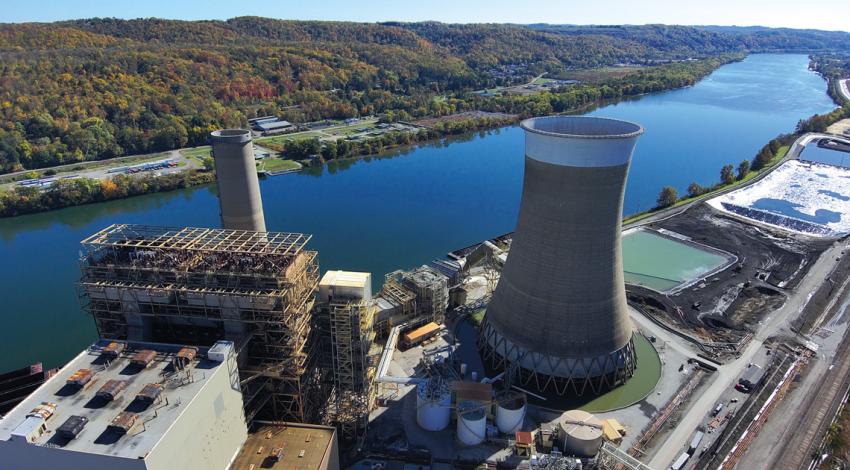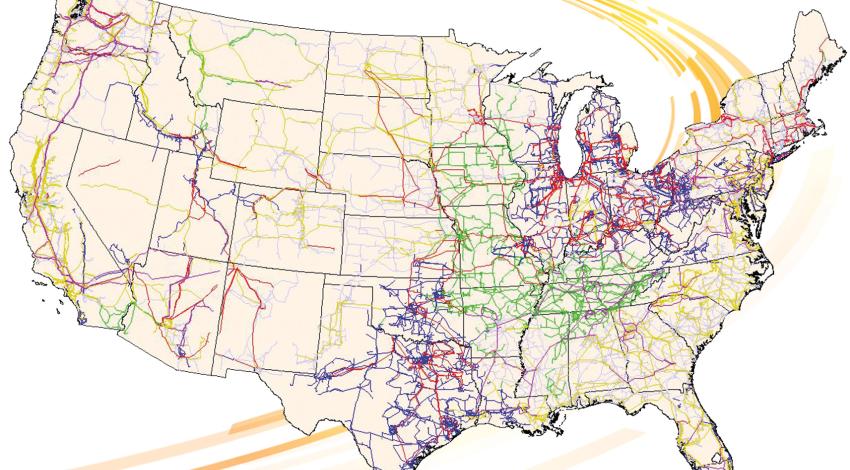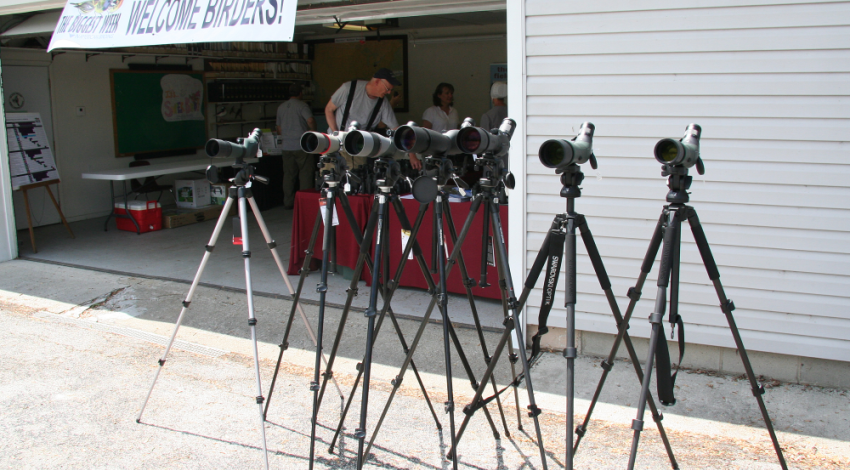January is always a good time to take stock of things — to prepare for what’s ahead in the coming year — and often, your electric cooperative finds a long list of upcoming events and things to consider as we try to make sure we’re ready for whatever comes our way. Our list seems to be a little shorter this year, but that doesn’t mean we have less to do or less to worry about. We have some important long-term goals that we need to make progress on to ensure that we can continue to provide the reliable and affordable electric service that you’ve come to expect.
PJM Interconnection
Again in late March and early April, a series of powerful storms swept through Ohio — this time bringing gale-force winds that brought down trees, snapped utility poles, and pulled wide stretches of power line to the ground, causing electricity to stop flowing to homes and
For the vast majority of time, no one really thinks about electricity or where it comes from, or how it gets to that lightbulb. It’s only during that fraction of a percent of the hours in a year when power is not available that the grid comes to public attention.
But what is ‘the grid’?
In the United States, the electricity industry has a generating capacity of 1.1 million megawatts, serving up electricity to nearly every home and business — including over a million Ohioans and 42 million people across the country who are served by electric cooperatives.
After working in the electric utility business for nearly 40 years, I still marvel at the working of our interconnected electric power network that we commonly refer to as “the grid.” It has taken equal parts of engineering, ingenuity, and hard work to design, build, and sustain a network that makes electricity available every hour of every day, no matter how hot or how cold the weather outside may be.











